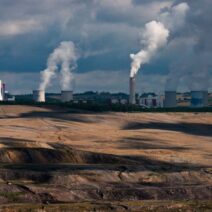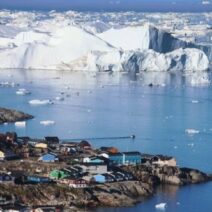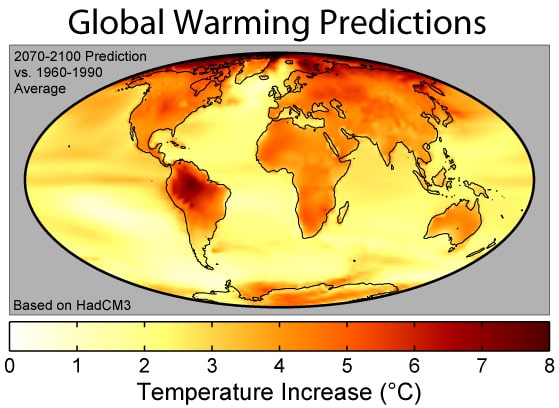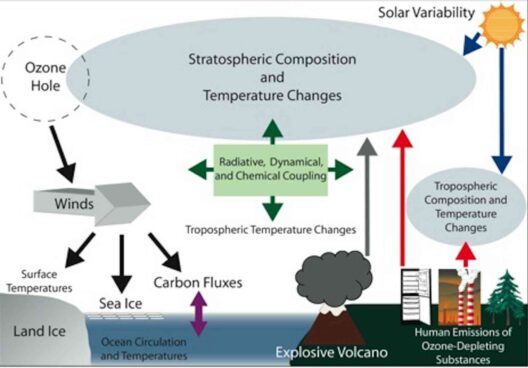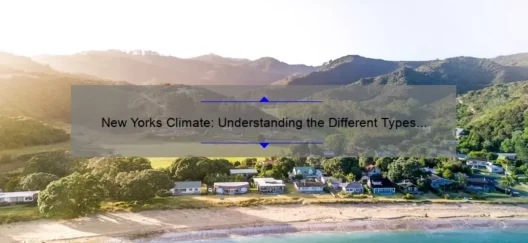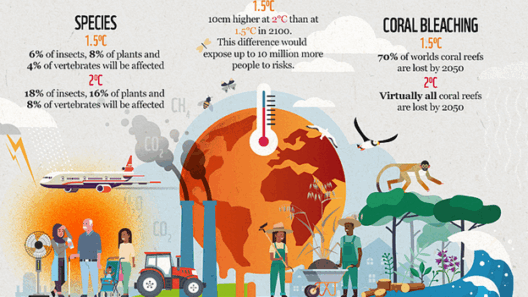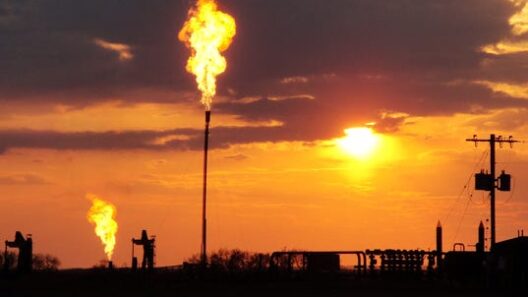The question of how hot Earth can actually get is both urgent and pertinent in the face of climate change. As the planet continues to warm, we are confronted with dire projections, alarming statistics, and unsettling realities. This discussion probes into the future conditions on Earth, influenced by our current trajectory of greenhouse gas emissions, deforestation, and industrial practices.
Global warming is not merely a theoretical concept; it is a quantifiable phenomenon that results from the accumulation of greenhouse gases in the atmosphere. These gases trap heat, leading to a gradual increase in global temperatures. According to the Intergovernmental Panel on Climate Change (IPCC), if we continue on the present path of emissions, the average global temperature could increase by as much as 2°C above pre-industrial levels by the end of this century. It is crucial, then, to explore the implications of such a rise.
At 1°C of warming, we are already witnessing significant changes in climate patterns. Heatwaves have become more frequent and intense, wildfire seasons are extending, and ecosystems are straining under the pressure of these shifts. Rising sea levels threaten coastal cities, while droughts affect agricultural production. Perhaps more importantly, 1°C of warming is characterized by increasing unpredictability in weather patterns, leading to a chaotic rhythm of nature that affects both the natural world and human societies.
As we move towards a potential increase of 2°C, the implications grow even more severe. At this threshold, the risk of triggering catastrophic climate feedback loops escalates. For instance, the melting of permafrost releases methane, a potent greenhouse gas, which could further exacerbate warming. Coral reefs, which are vital for marine biodiversity, may face widespread bleaching and mortality, leading to the collapse of ecosystems that support countless species and communities.
However, the scenarios become even grimmer at 3°C of warming—a level that, if reached, could fundamentally alter the fabric of life on Earth. Tropical regions could become uninhabitable due to extreme heat. Major cities along coastlines might face existential threats due to rising sea levels. Inevitably, these conditions would lead to mass migrations, exacerbating geopolitical tensions and resource shortages. Imagine a world where the concept of a “safe climate zone” becomes a relic of the past.
The specter of warming beyond 4°C stares us in the face if we fail to implement robust climate action now. At this level, catastrophic weather events would manifest as commonplace occurrences. The planet could see violent storms, unprecedented flooding, and widespread droughts that cripple food supplies. The repercussions of such events would ripple through economies and social structures, leading to increased conflict and deepening inequalities.
As observations have shown, an increase in global temperature could push certain biospheres beyond recovery. Ecosystems that have thrived for millennia may collapse in a matter of decades. Biodiversity loss would accelerate catastrophically, with species extinction rates climbing to levels not witnessed since the mass extinction events of the past. And while some regions may escape the worst impacts, no corner of the globe would remain untouched.
We must also consider the health implications of temperature increases. Higher global temperatures can exacerbate air pollution, spreading respiratory illnesses and other health problems across populations. In urban areas, especially, the urban heat island effect—where the built environment amplifies local temperatures—could lead to a public health crisis. Vulnerable populations would bear an outsized burden, leading to disparities in health outcomes and overall wellbeing.
Yet, as disheartening as the potential realities of our warming planet may seem, there is a kernel of hope. The trajectory we take now will determine the severity of climate change in the decades to come. Rapid transitions towards renewable energy, implementing wide-scale reforestation, and adopting sustainable agricultural practices stand as critical measures to curb global warming. Furthermore, shifts in consumer behavior and advocacy for policy changes can collectively create a formidable force for change.
The Paris Agreement represents a global commitment to keep temperature increases well below 2°C, with aspirations to limit the rise to 1.5°C. Achieving this goal necessitates an unprecedented mobilization of resources, innovation, and collective willpower across nations, industries, and communities. It’s a daunting task, but the stakes have never been higher.
It’s essential to remember that global warming requires not only an understanding of the scientific principles but also a profound shift in our cultural perspective. Emphasizing sustainability in our daily lives, championing equitable practices in all sectors, and fostering an ecological consciousness can help reshape our future. Curiosity about sustainable alternatives and climate solutions can ignite community initiatives that have the potential to impact larger systems.
In conclusion, the question of how hot Earth can get is not simply an academic inquiry; it is a pressing reality that demands immediate action. Future generations will inherit the consequences of our current choices. By engaging in informed discussions, supporting transformative policies, and leading by example, we can strive to mitigate the warming of our planet. The journey ahead requires courage, innovation, and an unwavering commitment to preserving the integrity of life on Earth. The future is not predetermined—through collective action and inspired consciousness, we possess the ability to shape a resilient world.
